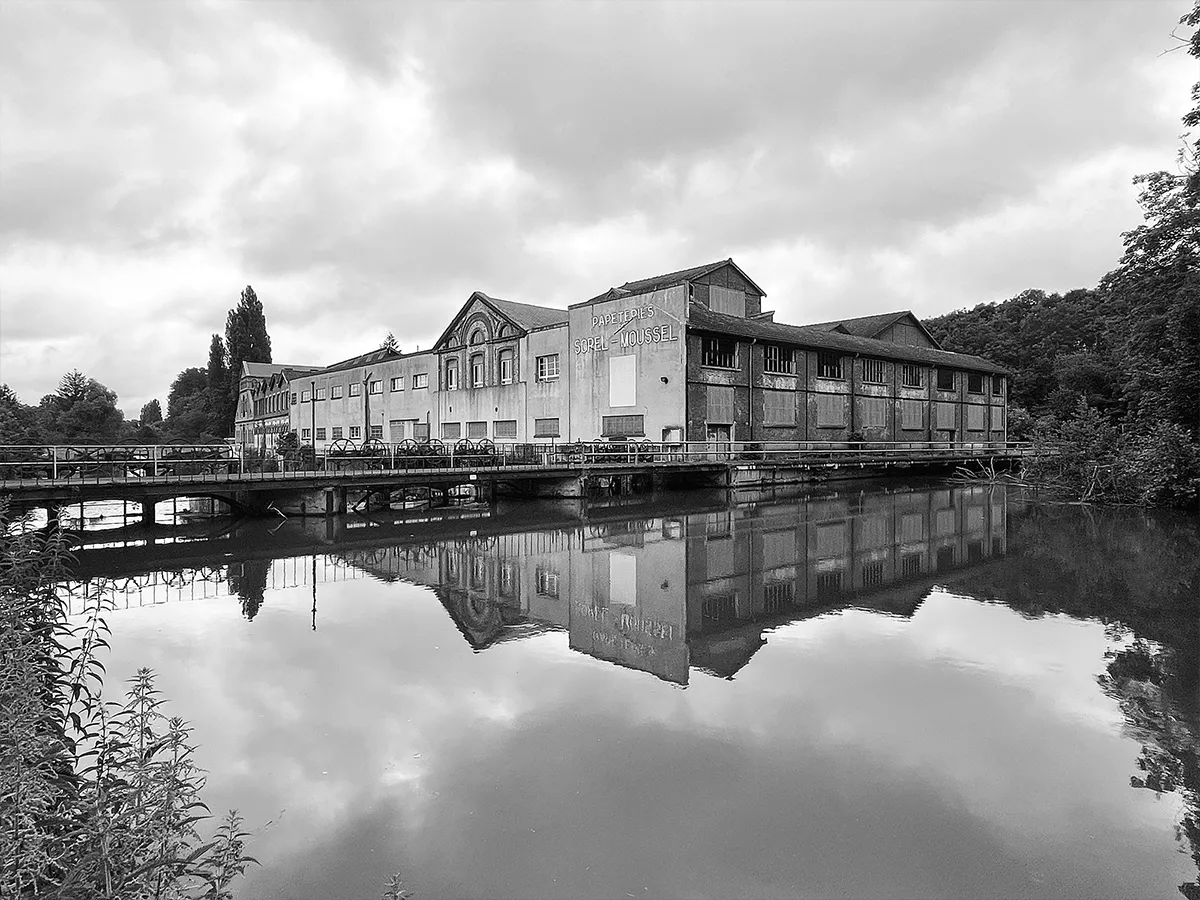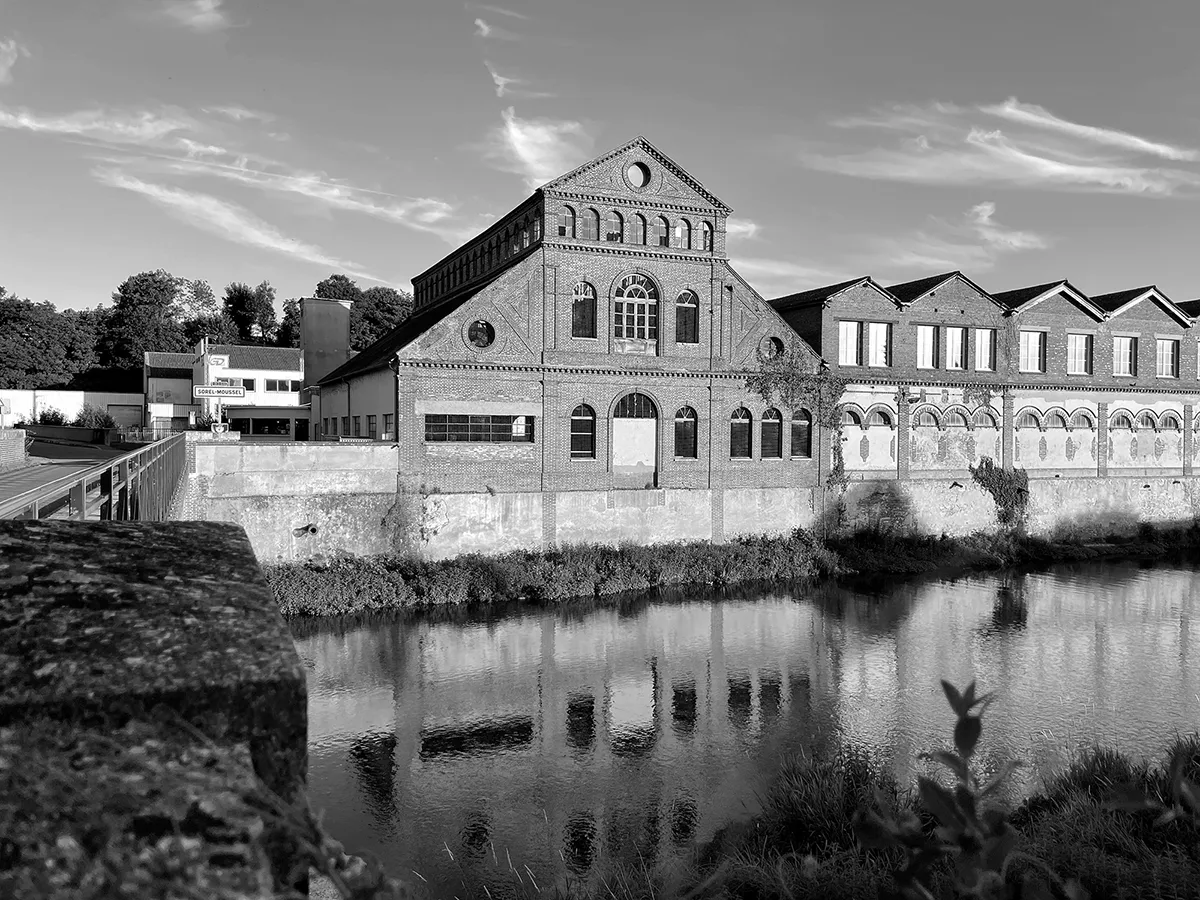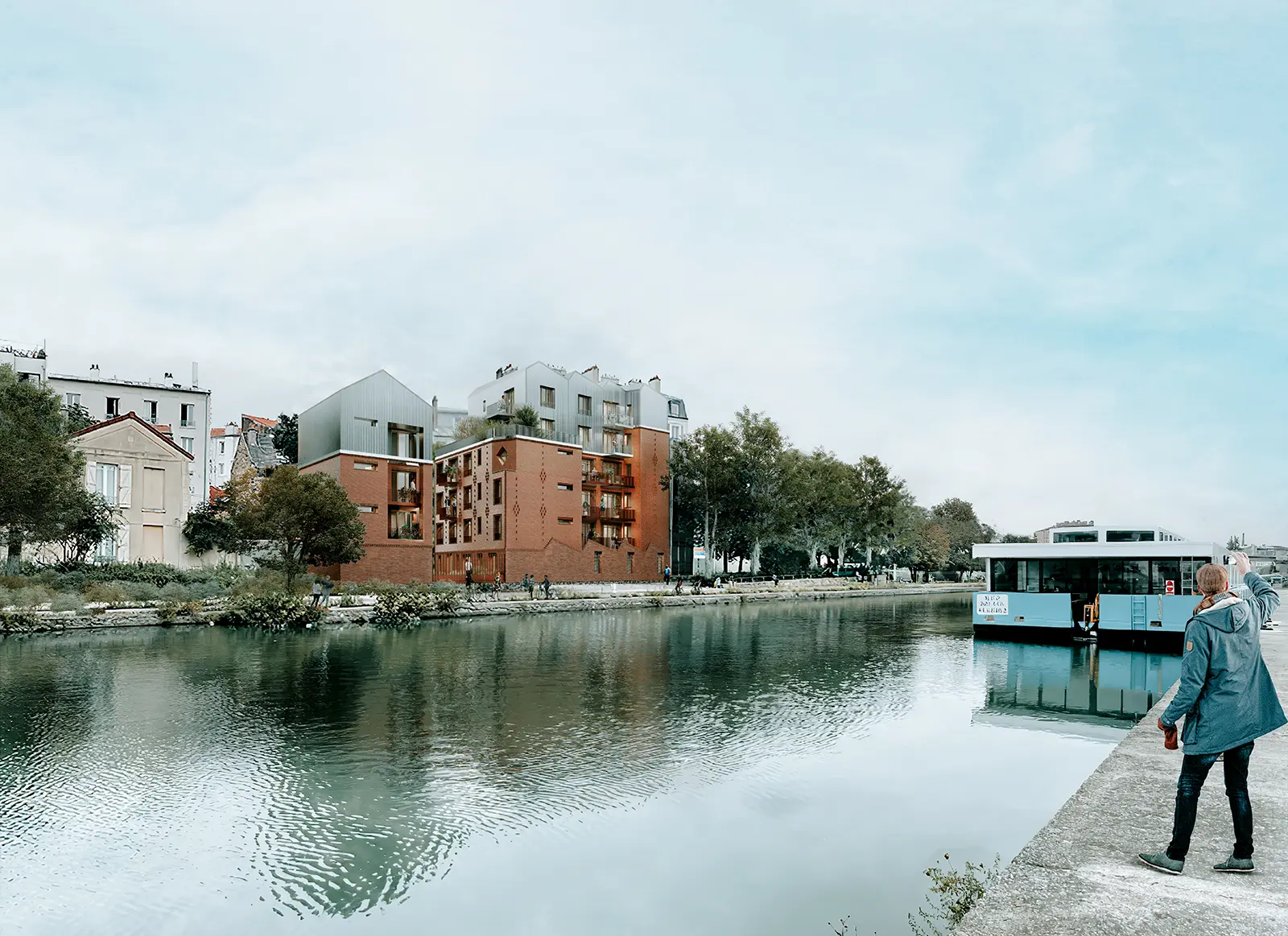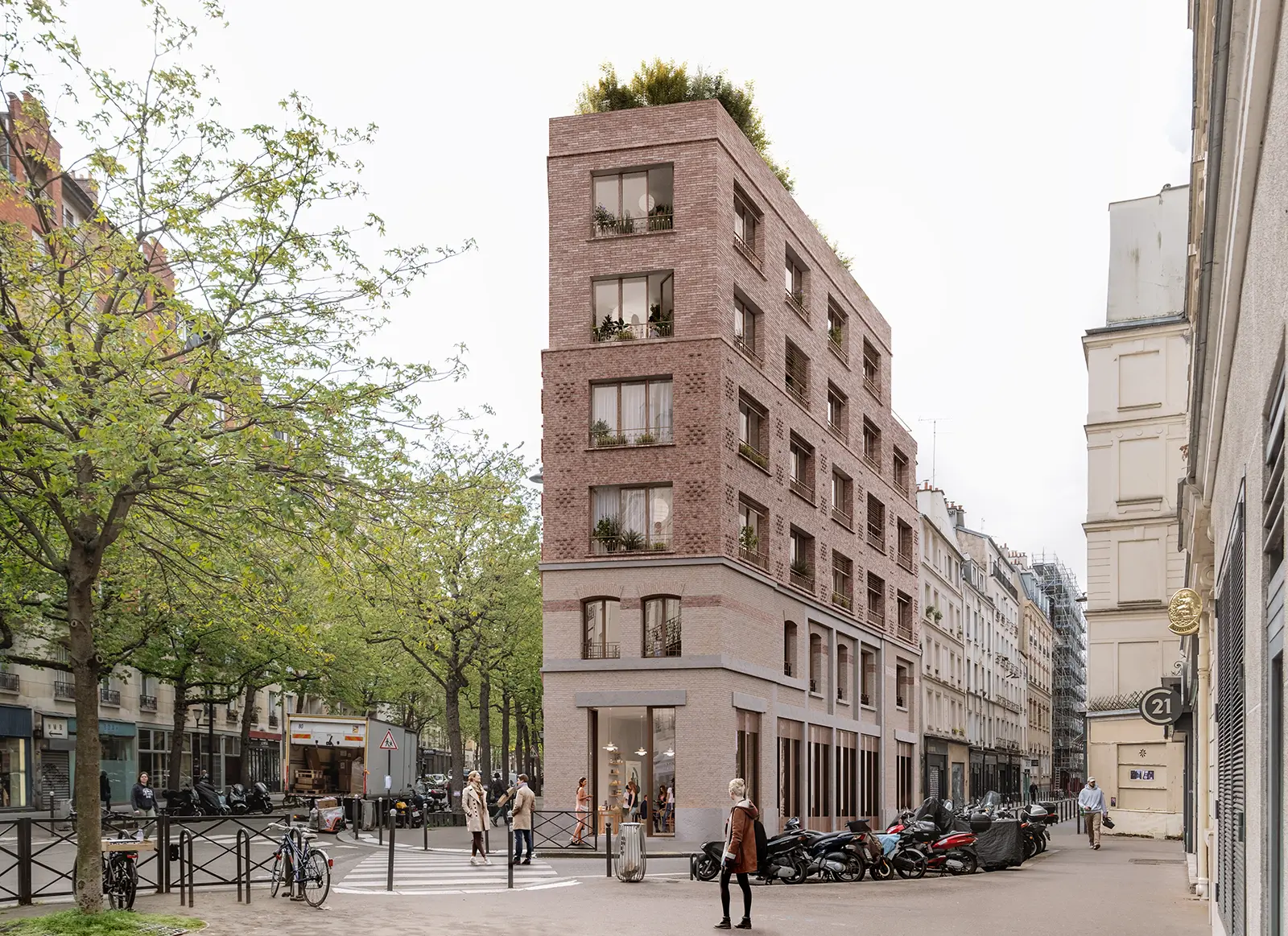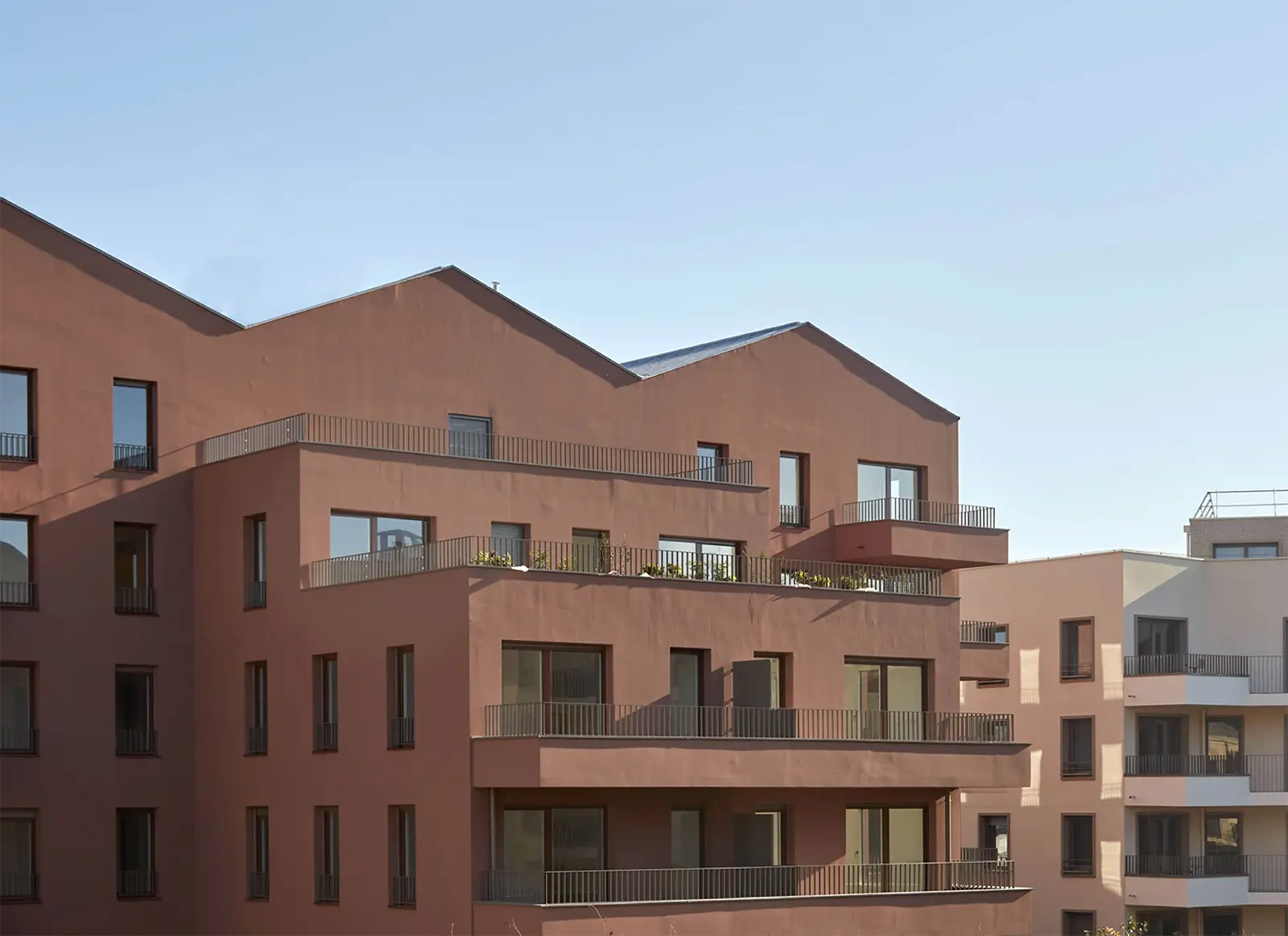Firmin Didot Paper Mill
Restructuring and renovation of the “Santa Maria” site, a former paper mill, to create an archive.
DESIGN TEAM
AXK ( ©Pierre Audat & Associés) / BET EPBV / B27 / Cofer
Photography © Nicolas Matheus
-
CLIENT
AXCIO
-
BUDGET
2,1 M€ VAT
-
SIZE
841 m2
-
LOCATION
Sorel-Moussel
-
STATUS
Completed 2024
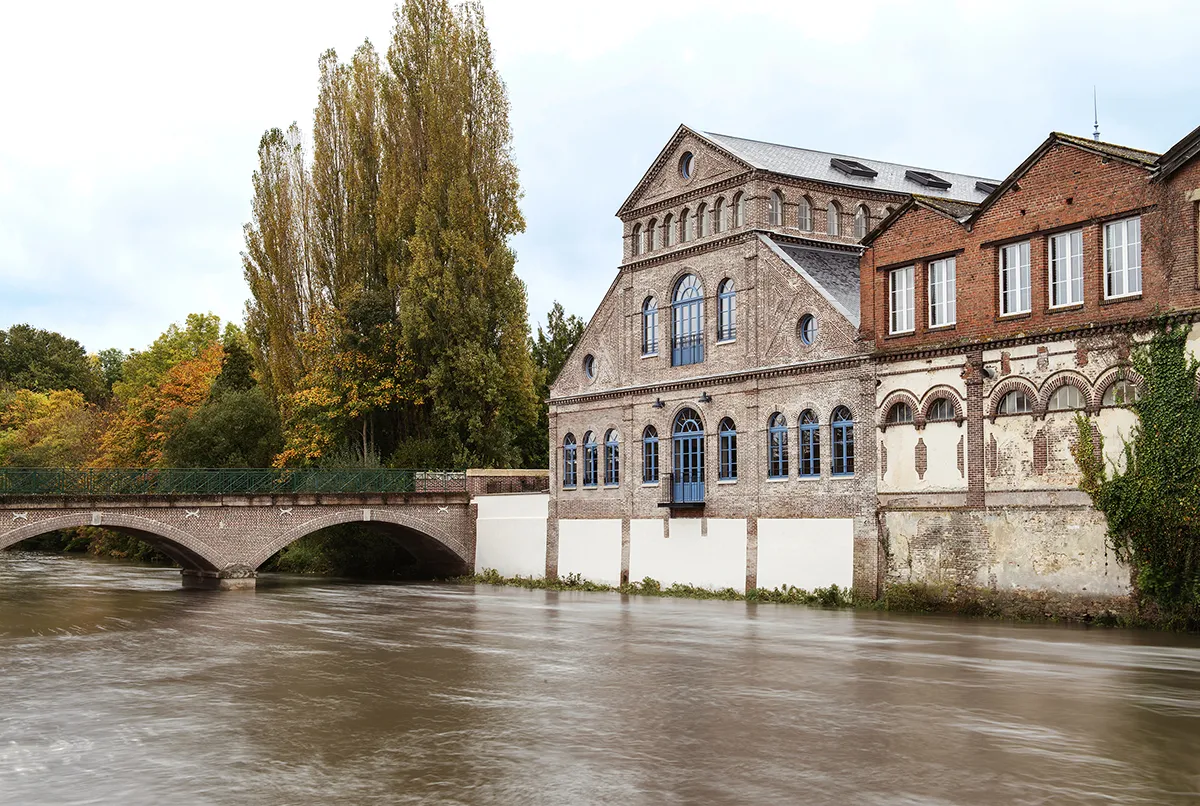
A Renovation Project at the Heart of Industrial Heritage:
This project focuses on the renovation of a commercial space located within the former Firmin Didot paper mill, an iconic site that reflects the rich industrial history of the region. Strategically positioned at the entrance of the town of Sorel-Moussel, along the banks of the Eure River, this historic site not only serves as a prominent architectural landmark but also stands as a testament to the region’s economic and social evolution.
Founded in the 19th century, the Firmin Didot paper mills were long considered a driving force in the local industrial development. Their strategic location—close to the water essential for papermaking—and their continuous innovations in the field helped cement their reputation. Today, as the site enters a new phase of transformation, it presents a unique opportunity to rehabilitate its heritage while reintegrating it into the modern economic landscape.
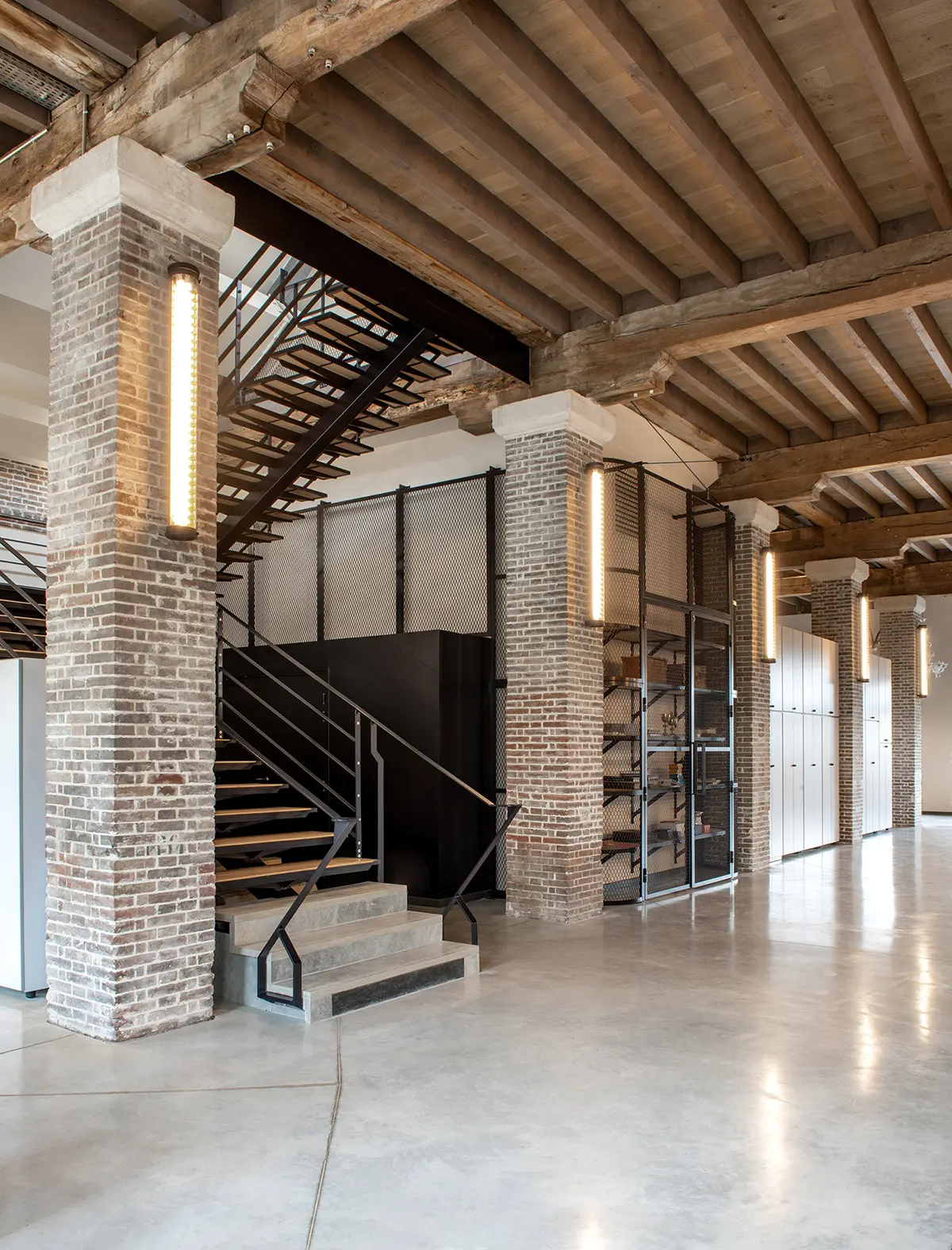
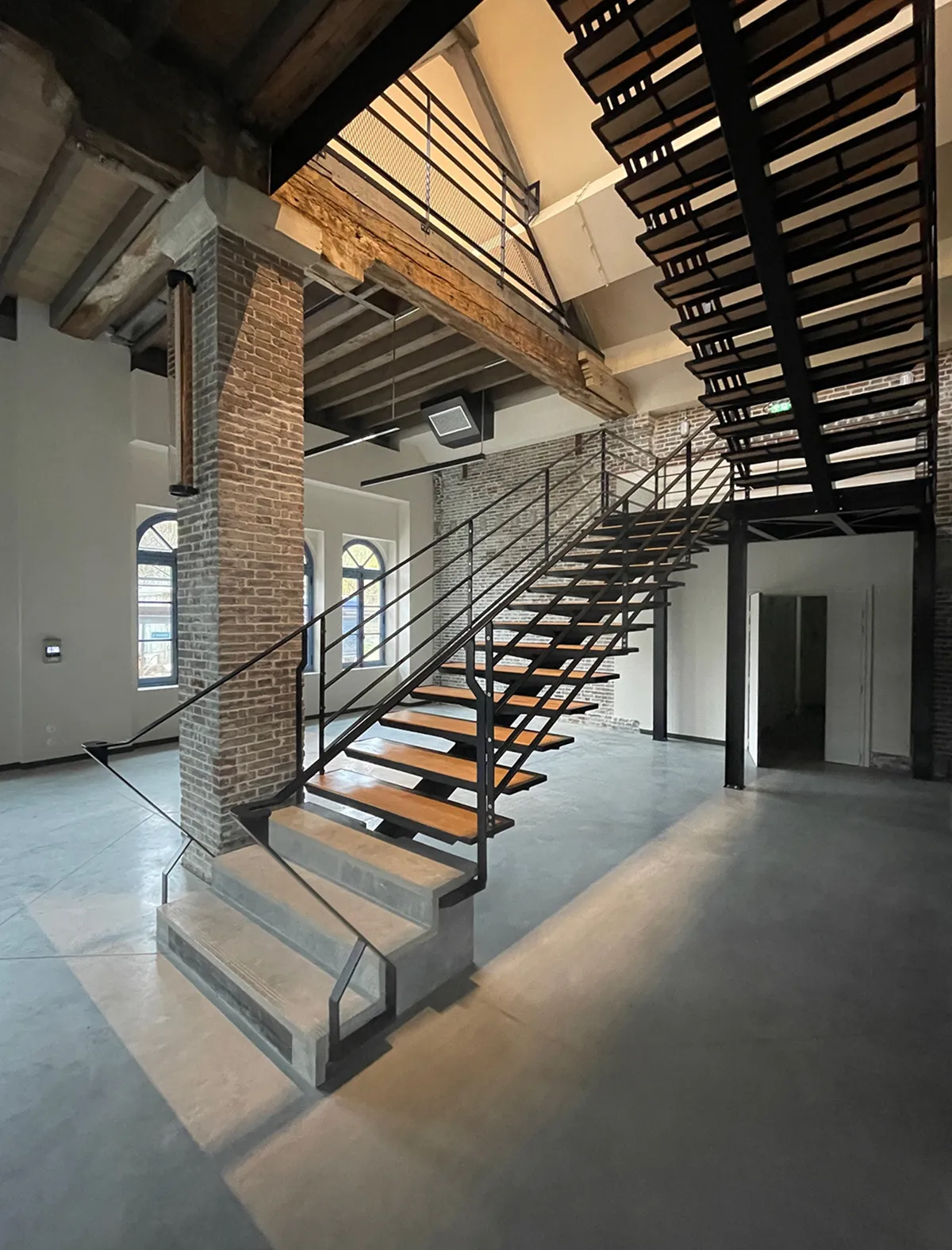
An Icon of Industrial Heritage:
The building at the heart of this renovation is a remarkable example of 19th-century industrial architecture, often referred to as one of the “châteaux of industry” due to its refined design and high-quality materials. Constructed entirely in brick, the structure stands out for its intricate ornamental details and rounded arch openings, all framed with meticulous craftsmanship—clear indicators of a time when industrial architecture extended beyond mere functionality.
These architectural features highlight the ambition of the 19th-century industrialists to showcase their success and prosperity through grand and elegant buildings. Far from being simple, utilitarian warehouses, such factories became symbols of economic strength and social status. The attention to detail, the decorative façades, and the use of noble materials reflect a deliberate choice to elevate the factory’s appearance, making it an emblem of industrial achievement.
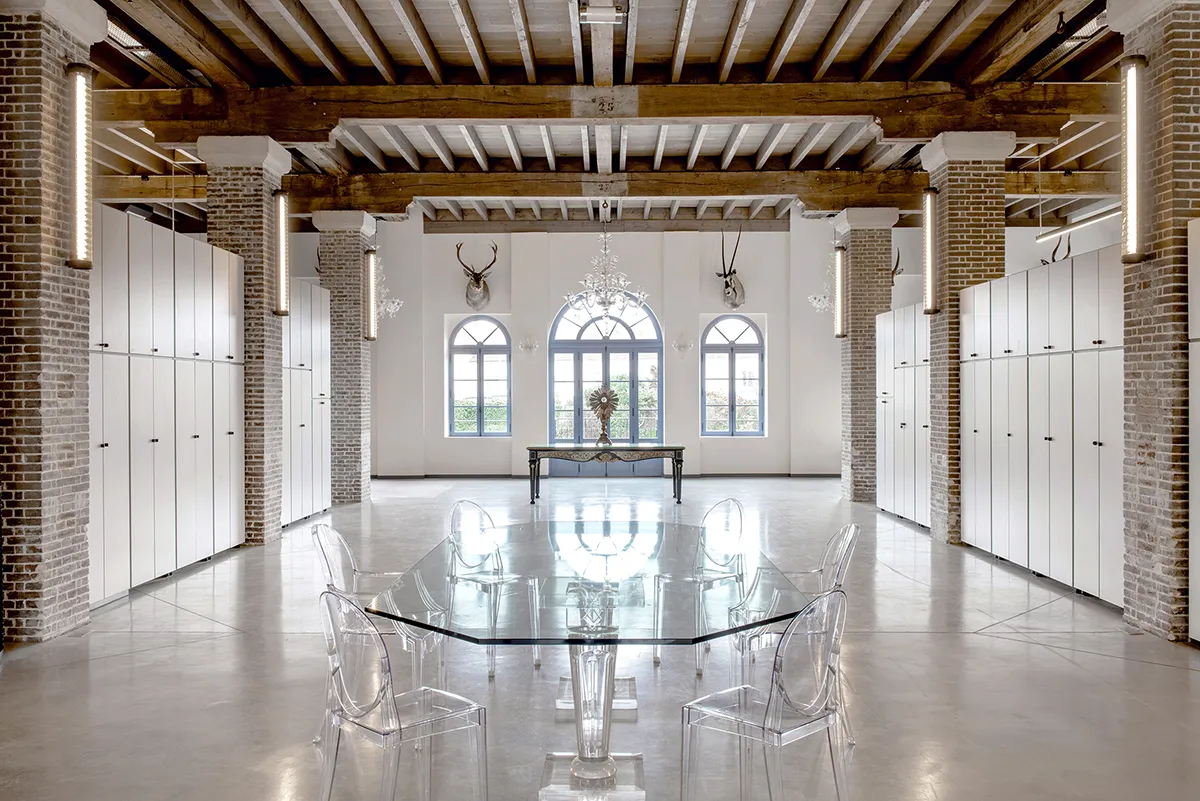
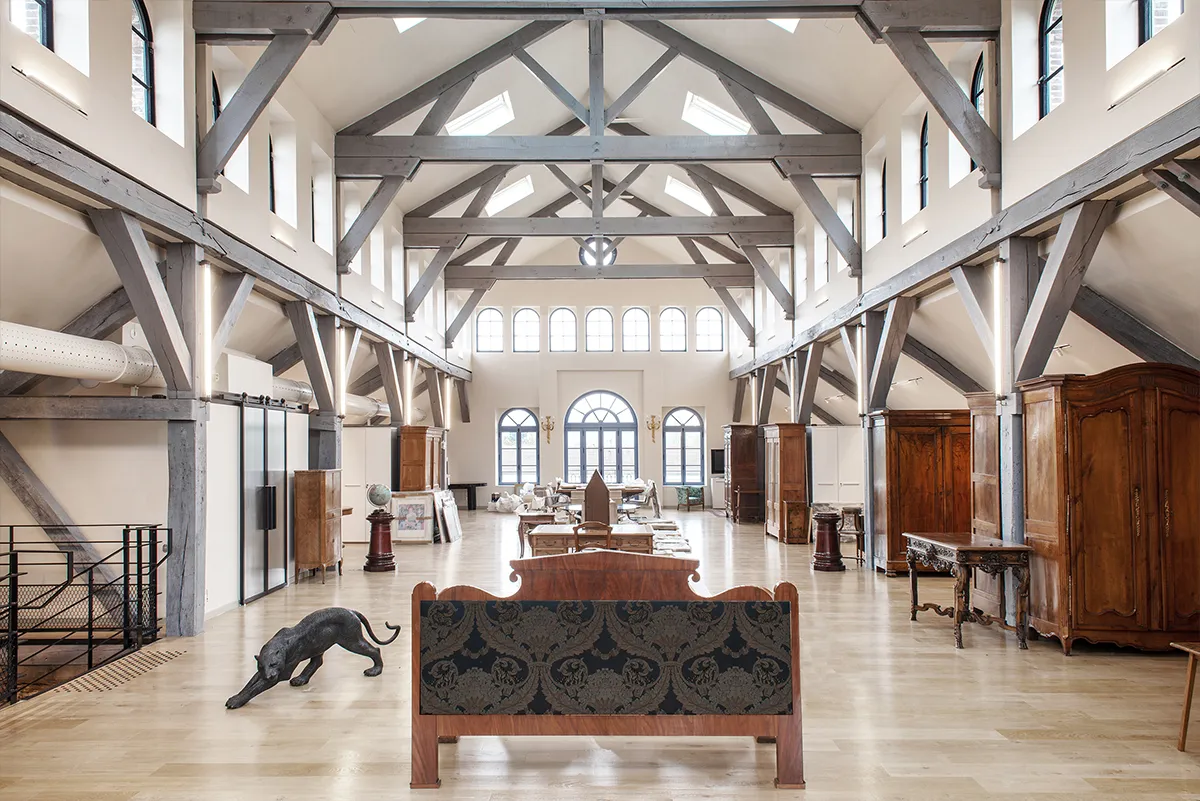
Balancing Heritage Preservation with Modern Needs:
The goal of this project is to preserve the building’s historical identity while adapting it to meet current functional requirements. The renovation aims to highlight original architectural features—such as the brick structure, the rounded arches, and the decorative motifs—while modernizing the interior spaces to comply with today’s standards of comfort, accessibility, and energy efficiency.
Key renovation strategies include:
Restoration of the façades to their original condition, with particular care given to the brickwork and window frames.
Reconfiguration of interior spaces to accommodate new commercial or industrial activities while maintaining the building’s characteristic volumes.
Upgrading infrastructure (electrical systems, heating, safety standards) and improving the building’s thermal performance.
This project seeks to create a harmonious blend of history and modernity, preserving the essence of the site while adapting it to contemporary uses.
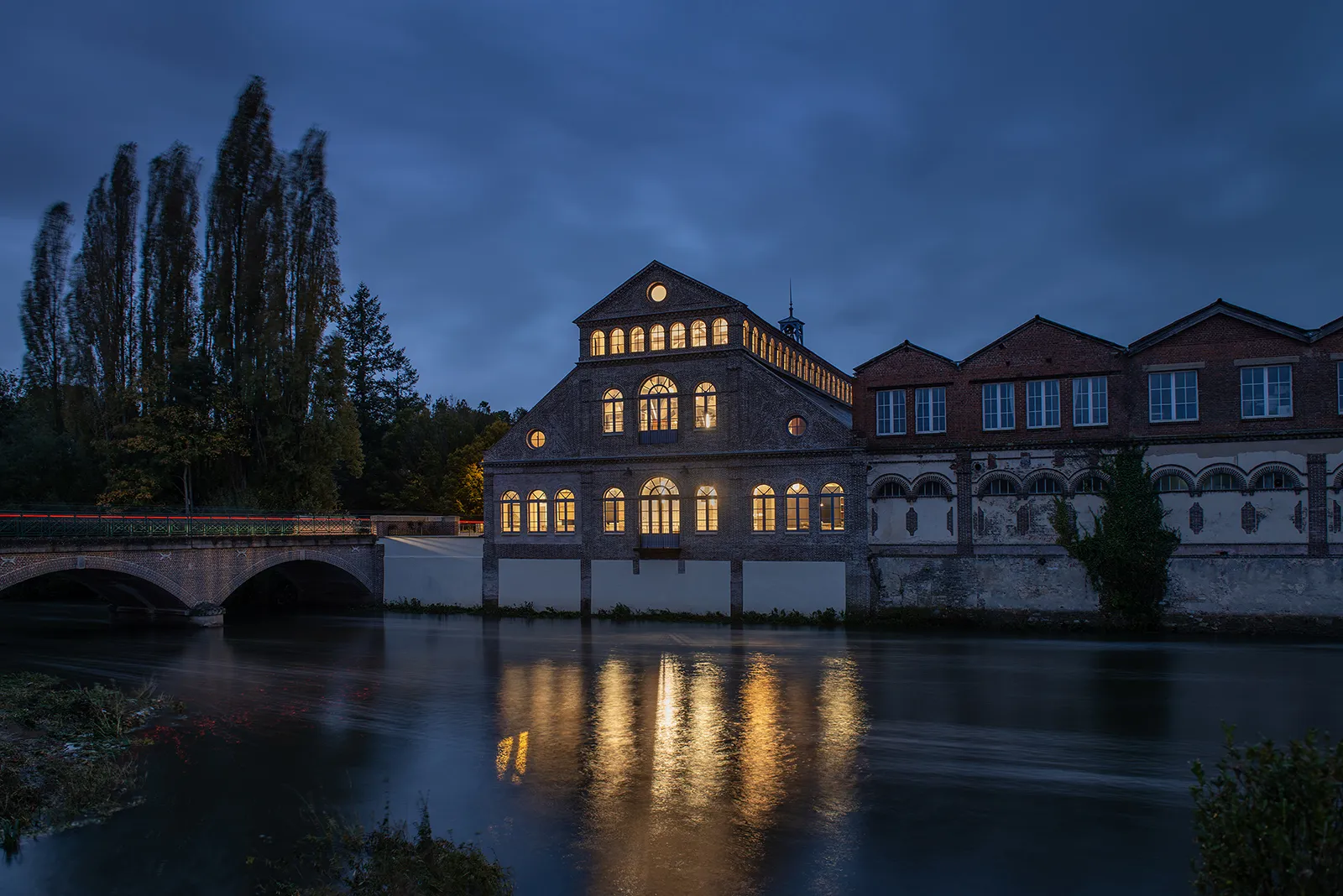
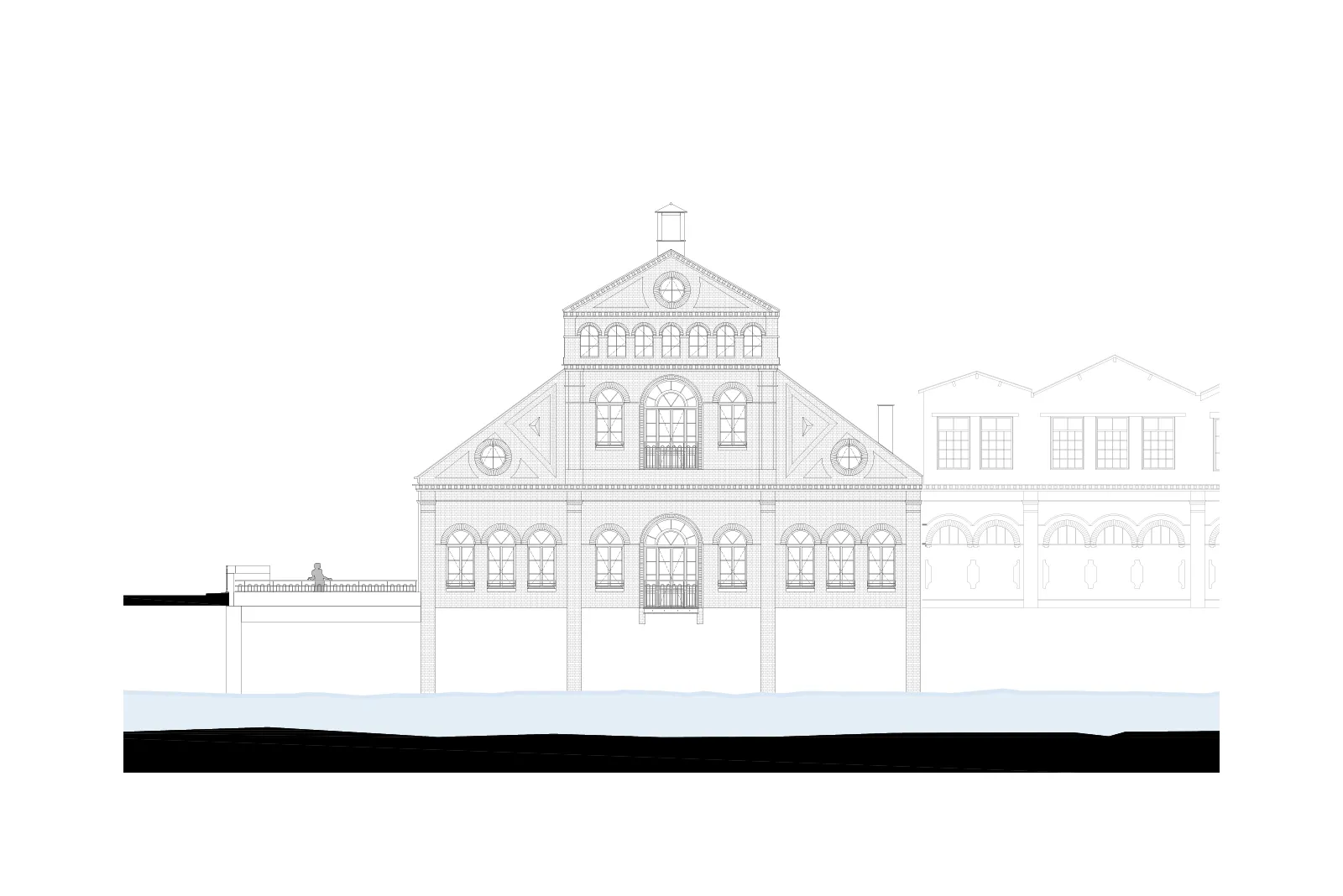
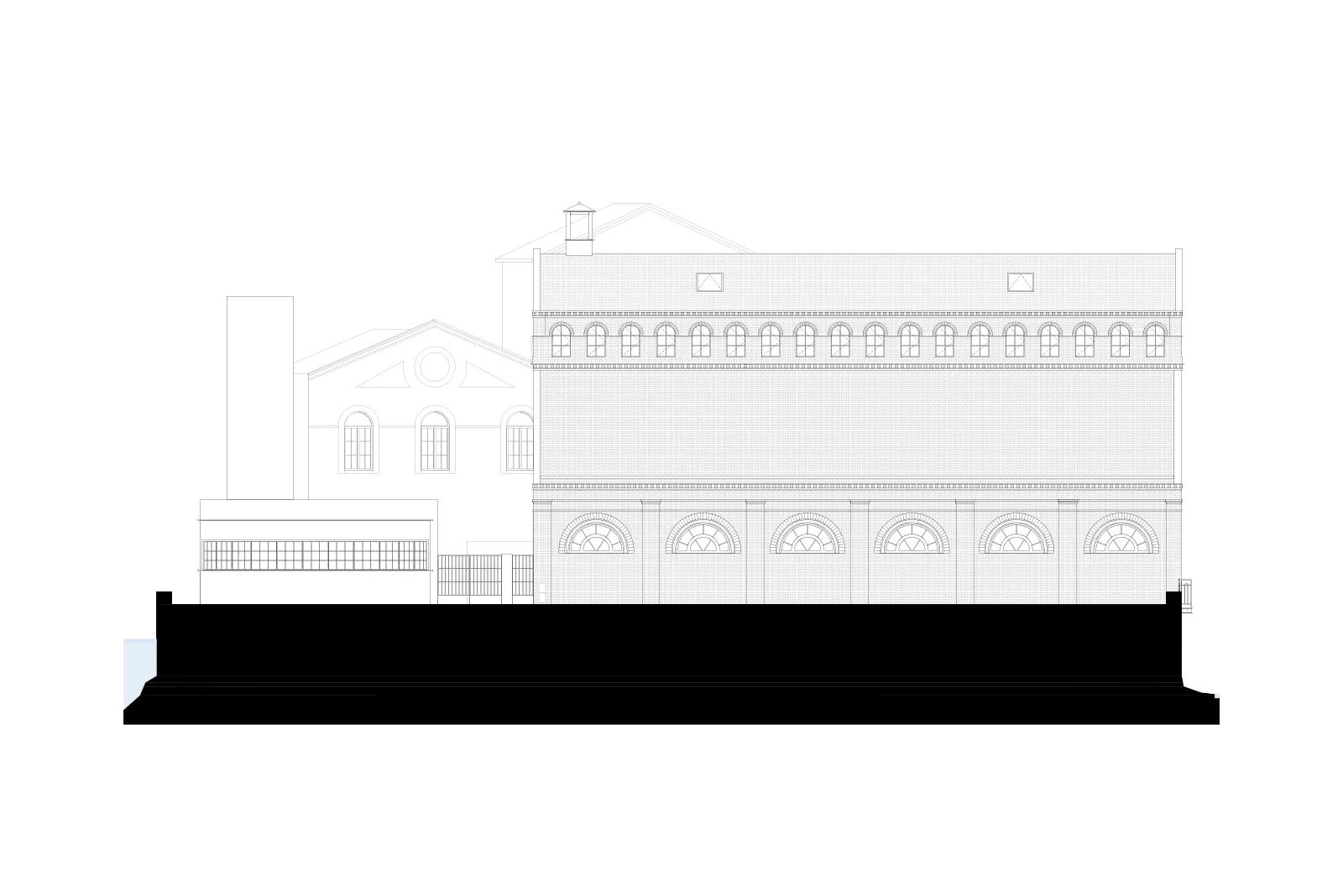
A Project That Connects Identity and Future Potential:
Beyond simple restoration, this renovation is part of a broader effort to revitalize industrial heritage and reconvert former industrial sites into vibrant centers of economic activity. By breathing new life into this historic building, the town of Sorel-Moussel reinforces its commitment to preserving its legacy while promoting local economic development.
This project highlights architecture’s ability to transcend time—acting as a bridge between the past and the future. It demonstrates that former industrial spaces can be reimagined as dynamic environments that meet modern needs while retaining their historical significance.
Ultimately, this renovation is not merely about safeguarding a building; it is about contributing to the revitalization of the entire community, establishing a meaningful link between its industrial past and its future potential for growth, innovation, and sustainability.
